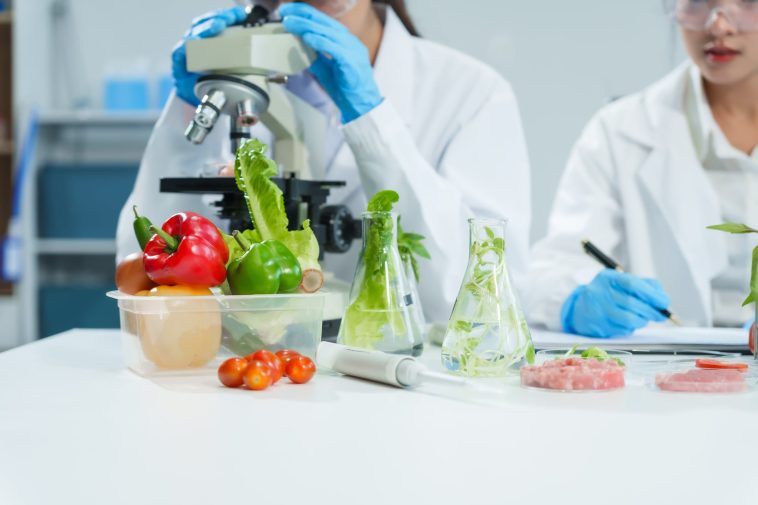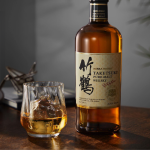Hybrid products made from both animal and plant-based proteins are expected to play an ever more important role in the food sector.
(Getty Images)
Hybrid products made from both animal and plant-based proteins have the potential to break out of the alt-protein space and play a broader role in addressing nutritional gaps.The development of these hybrid products were previously most often considered as part of the alternative protein category, but experts now believe that the need to focus on this segment goes far beyond protein alone.
“Hybrid products have a major opportunity to really stand out in terms of nutrition as well as other aspects and not just as an alternative protein, as there is room to blend and fuse things in order to overcome shortcomings of any individual ingredient,” Head of Nutrition, Singapore Institute for Food and Biotechnology Innovation (SIFBI) said.
“It was always considered one of the next generation of meatlike substances after plant-based meat, a category which suffered in Asia due to price, taste and digestibility factors, but now if we recognise those weaknesses and hybridise ingredients to complement one another, the potential to move beyond this is quite clear.
“There are also countless ingredients that can be brought into this category – take fungi for example, of which there are at least 2,000 edible variants, but so far we have characterised about 50 only so there are so many more nutritious species still out there, unknown.
“So instead of thinking of hybrid products as a new generation of meatlike substances, it is really a whole new generation of possibilities, with high potential to overcome existing deficiencies and improve nutrition for the population at more affordable prices.”
There are several companies in the APAC region which have taken this thinking to heart, including Umami Bioworks which previously focused solely on cultivated seafood but has now expanded to look at hybrid items as well.
“Umami’s work is about unlocking the potential of cultivated seafood such as Japanese eel and caviar, and we are working on designing taste, texture and aroma to mirror the experience of these traditional premium delicacies,” Umami Bioworks Founder and CEO Mihir Pershad told us.
“At the end of the day, the product must taste good and there are some flavours from the animal that just cannot be mimicked using plant-based proteins or flavourings, which is where cultivated protein comes in.
“But there are some aspects such as the scaffolding that can, and bringing these together enables us to offer a cruelty-free, sustainable alternative without compromising on luxury.”
Make the most of meatIndustry experts also believe that hybrid products could be the answer to bridging the current gap between animal and plant proteins.
“Nutrition is a very complicated thing with many different layers to it, as this is personalised based on one’s genes and environment – and because most consumers are not going to look at foods based solely on fat content or protein content, hybrid products can address the issue by combining and simplifying things,” nutritionist Dr Anneline Padayachee added.
“Animal protein is not going anywhere based on both nutritional needs as well as the economic GDP factors driving it, so focus should now be on making the most of the nutrients that can be maximised for the good of the population.”





GIPHY App Key not set. Please check settings